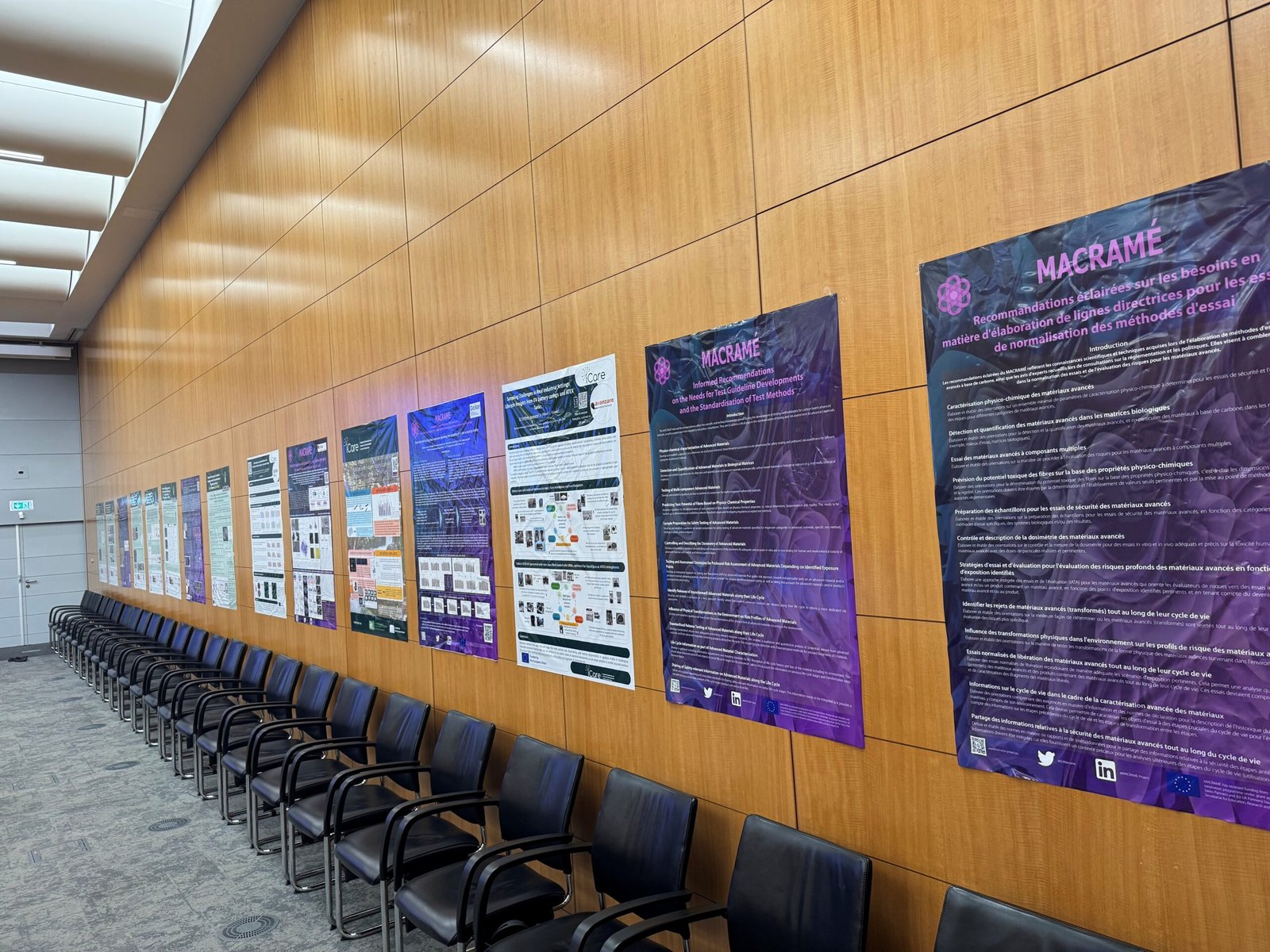MACRAMÉ Partners have spearheaded the publication of a new proof-of-concept paper entitled ‘Instance maps as an organising concept for complex experimental workflows as demonstrated for (nano)material safety research’ (Beilstein Arch. 2024, 202426. https://doi.org/10.3762/bxiv.2024.26.v1).
The paper describes the development of ‘Instance Maps’ to visualise experimental nanosafety workflows and to bridge the gap between the theoretical principles of FAIR (Findable, Accessible, Interoperable and Re-usable) data and the everyday practice of experimental researchers, in order to manage data flows, with a focus on provenance (i.e. who generated the data, for what purpose) and quality (i.e. how the data was generated, using which protocol, with which controls), as part of good research output management.
While Instance Maps can be created for completed studies or publications, they are most effective when applied at the study design stage to associate the workflow with the nanomaterials, environmental conditions, method descriptions, protocols, biological and computational models to be used and the data flows arising from study execution.
[B. Punz et al., Beilstein Arch. 2024, 202426. https://doi.org/10.3762/bxiv.2024.26.v1]
The authors demonstrate the utility of Instance Maps, starting from assessment of nanomaterials transformations in complex media, and documentation of nanomaterial synthesis, functionalisation and characterisation, to description of the culturing of ecotoxicity model organisms Daphnia magna and their use in acute and chronic standardised tests for nanomaterials ecotoxicity assessment, and visualisation of complex workflows in human immunotoxicity assessment using cell lines and primary cellular models. These examples showcase the use of the Instance Map approach for coordination of materials and data flows in complex multipartner collaborative projects, and to support demonstration case studies.
‘At its simplest, an instance map can be considered as a graphical abstract summarising the steps in an experimental, computational or combined workflow, demonstrating the materials, their surroundings (e.g. medium, environment, organism) and the end-points being measured, and the data flows arising from these at each step of the experiment (e.g. synthesis, dispersion, characterisation, exposure, hazard assessment) and/or each stage of the nanomaterials life cycle (e.g. production, formulation, application, end of life and disposal or recycling),’ the authors conclude.
When applied to standardised regulatory tests or production scenarios, instance maps can be used to provide completeness checks for studies or production batches, ensuring that all necessary parameters to be recorded are captured in the visual model.
[B. Punz et al., Beilstein Arch. 2024, 202426. https://doi.org/10.3762/bxiv.2024.26.v1]
Follow this link to read the full publication.





